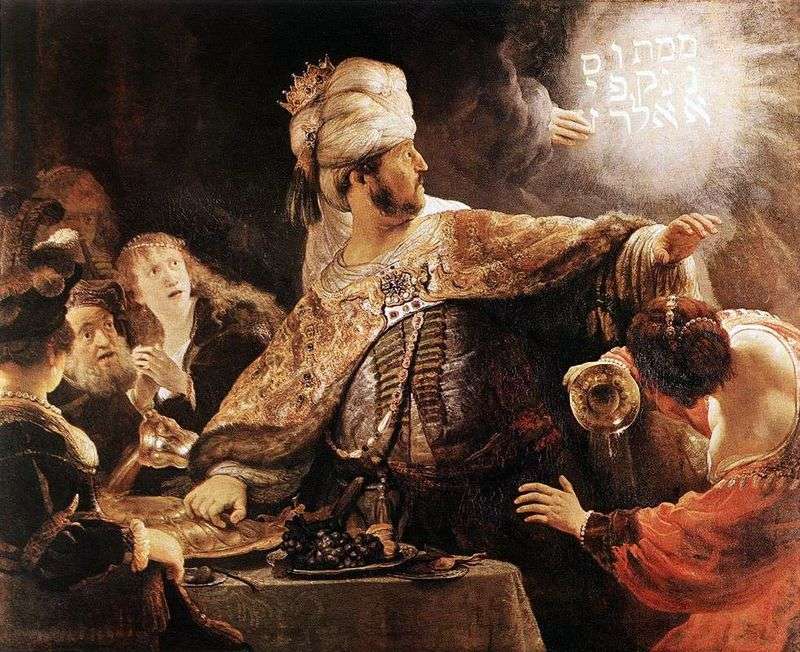
Painting by the Dutch painter Rembrandt van Rijn “The Feast of Valtasar”. The size of the painting is 168 x 209 cm, oil on canvas. In the biblical texts Valtasar was the last Babylonian king, the fall of Babylon is associated with his name. Despite the siege of the capital, undertaken by Cyrus, the king and all residents, having a rich supply of food, could indulge in the pleasures of life. On the occasion of one minor holiday, Valtasar gave a magnificent feast, to which up to a thousand nobles and courtiers were invited.
Precious vessels, selected by the Babylonian conquerors from various conquered nations, by the way, and expensive vessels from the Jerusalem temple, served as table bowls. At the same time, according to the custom of the ancient pagans, the Babylonian gods were glorified, who proved victorious earlier and therefore will be victorious and now, despite all the efforts of Cyrus and his secret allies, the Jews, with their Jehovah. But now, in the midst of a feast, a human hand appeared on the wall and slowly began to write some words. When he saw her, “the king changed his face, his thoughts were confused, the bonds of his loins weakened, and his knees, in horror, began to beat one another.”
Called sages failed to read and explain the inscription. Then, on the advice of the queen, they called the aged prophet Daniel, who more than once, when Nebuchadnezzar, showed extraordinary wisdom, and he actually read the inscription, which in Aramaic briefly read: “Mene, Tekel, upsars”. This meant: “Mene – God has numbered your kingdom and put an end to it; Tekel – you are weighed and found very easy; Uparsin – your kingdom is divided and given to the Medes and Persians.” “That same night,” the biblical narrative continues, “Belshazzar, king of Chaldea, was killed.” Creativity Rembrandt in Amsterdam acquires an ever-expanding universal content. He receives a large number of orders for various genres of painting.
As a historical painter, Rembrandt works between 1632 and 1639 for the staff of Prince Frederick Hendrick over a cycle of five images of Passion. In the first work of this cycle, the flamboyant Rubens’s baro-catholic pathos is clearly contrasted with the relentless naked realism of Rembrandt, such as in the “Merciful Samaritan” engraving. Unconditionality is always opposed to the courtesy of good taste, so in the young Rembrandt van Rijn, he, shocked by the contradictions surrounding his burgher reality, by the contradictions of the world defined by power struggles and changeable military success, tries to express a living reality in the image of the legendary past.
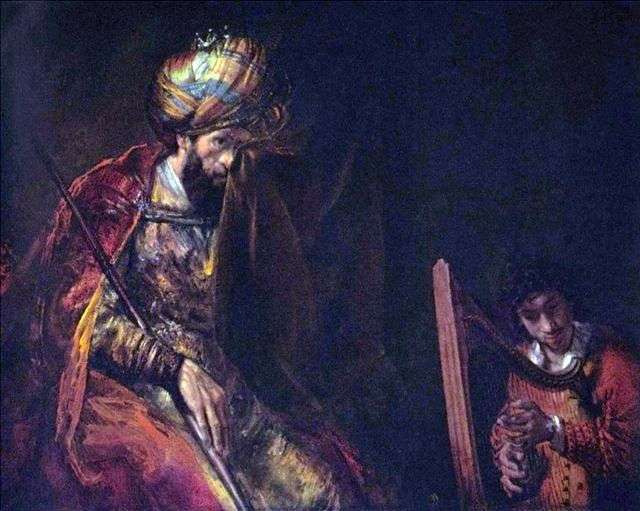 David plays king Saul by Rembrandt Harmens van Rhine
David plays king Saul by Rembrandt Harmens van Rhine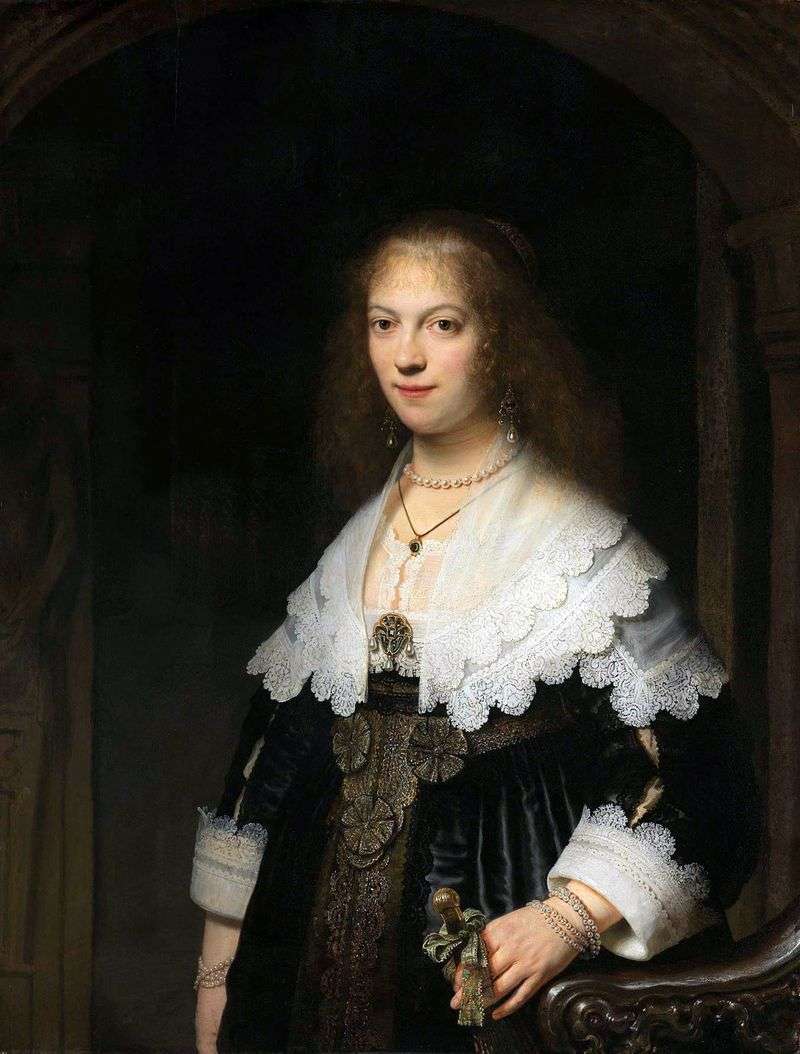 Portrait of Maria Trip by Rembrandt Harmens Van Rhine
Portrait of Maria Trip by Rembrandt Harmens Van Rhine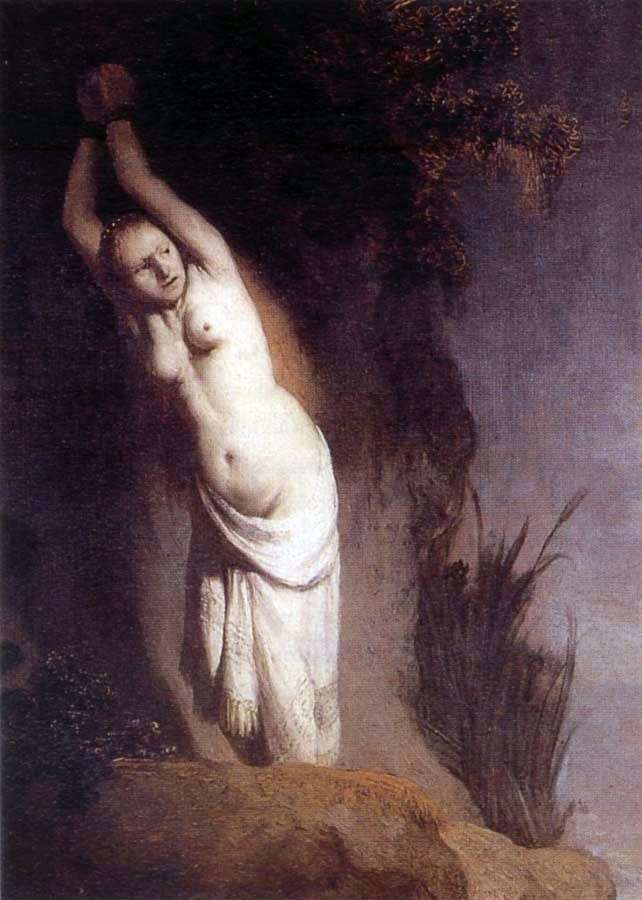 Andromeda by Rembrandt Harmens Van Rhine
Andromeda by Rembrandt Harmens Van Rhine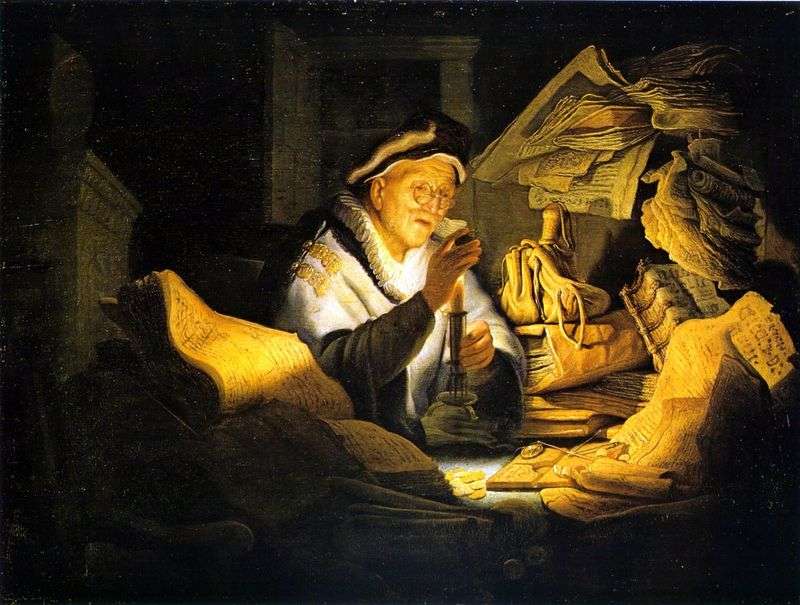 The Parable of the Rich Man by Rembrandt Harmens Van Rhine
The Parable of the Rich Man by Rembrandt Harmens Van Rhine Saskia van Eilenburg by Rembrandt Harmens Van Rhine
Saskia van Eilenburg by Rembrandt Harmens Van Rhine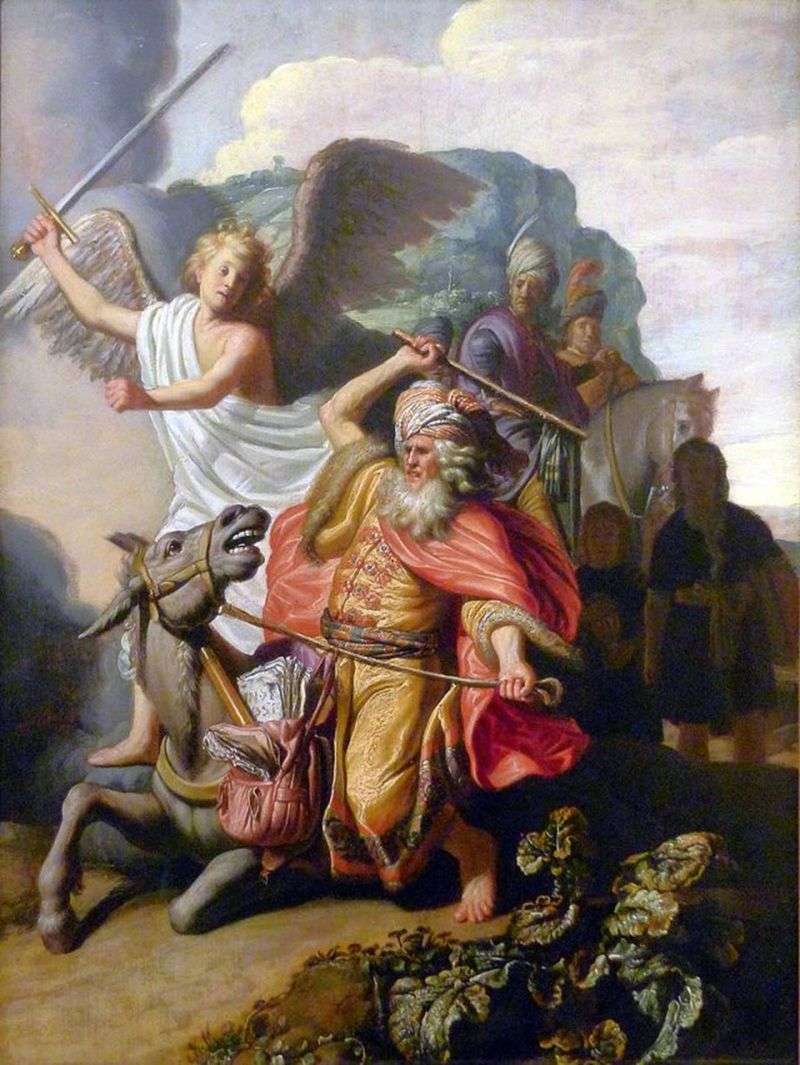 Balaam Ass by Rembrandt Harmens Van Rhine
Balaam Ass by Rembrandt Harmens Van Rhine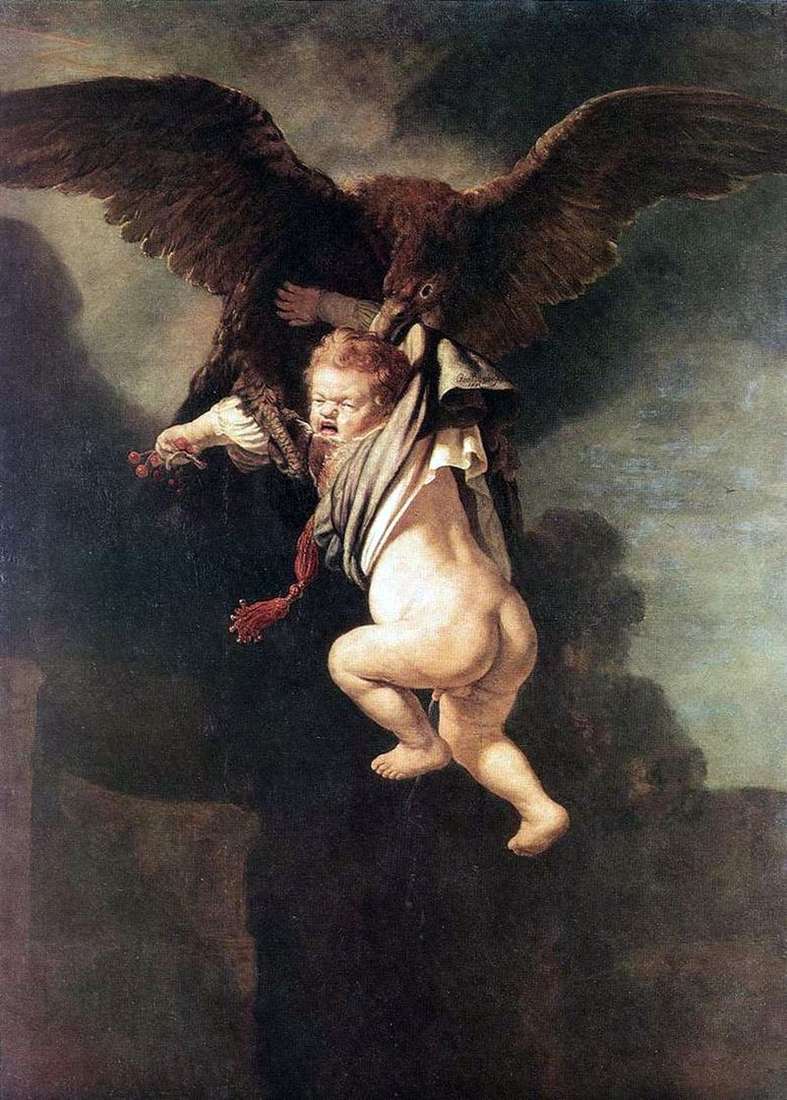 The Abduction of Ganymede (Ganymede in the Claws of an Eagle) by Rembrandt Harmens Van Rhine
The Abduction of Ganymede (Ganymede in the Claws of an Eagle) by Rembrandt Harmens Van Rhine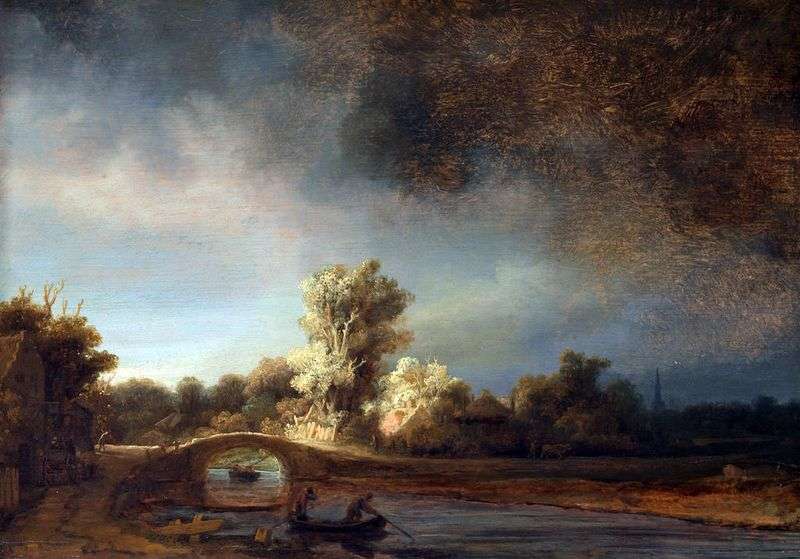 Stone Bridge by Rembrandt Harmens Van Rhine
Stone Bridge by Rembrandt Harmens Van Rhine